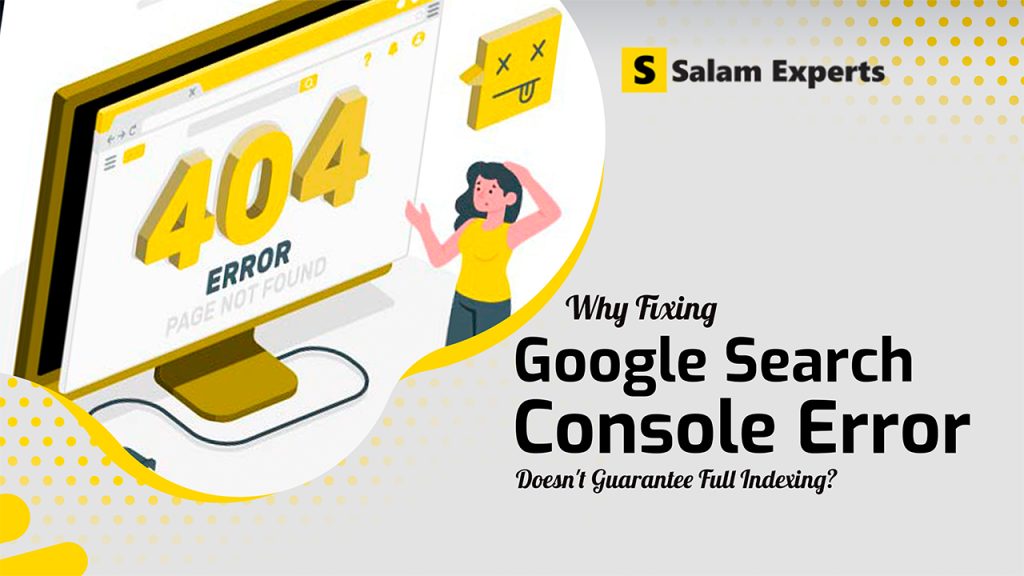Optimizing WordPress Themes for SEO Without Touching Code

Want to make your WordPress site SEO-friendly without diving into HTML, PHP, or CSS? Good news: you can do a lot of powerful SEO optimization using just plugins and smart theme settings — no coding required.
In this guide, you’ll learn how to optimize any WordPress theme for SEO step by step.
🎯 1. Start With an SEO-Optimized Theme
Before tweaking anything, make sure your theme is:
- Lightweight and fast (e.g., Astra, GeneratePress, Kadence)
- Mobile responsive
- Compatible with SEO plugins
🛠️ If your current theme isn’t optimized, consider switching. Page builders like Elementor and Block Editor (Gutenberg) now work well with SEO-focused themes.
🧩 2. Install an SEO Plugin (Rank Math or Yoast)
These plugins do the heavy lifting for you:
- Optimize title tags & meta descriptions
- Generate sitemaps
- Add schema markup
- Control indexation rules
💡 Rank Math is beginner-friendly and packed with features (even in the free version).
🧱 3. Use Heading Tags the Right Way
You don’t need to touch code — just:
- Ensure every page/post has a clear H1 heading (often the title)
- Use H2 and H3 to break content into logical sections
- Avoid skipping levels (e.g., don’t jump from H2 to H4)
🔧 Use the “List View” in the WordPress Block Editor to quickly scan heading structure.
🌐 4. Customize Permalinks for Clean URLs
Go to Settings > Permalinks and set the structure to:
/%postname%/
This creates readable URLs like: https://yoursite.com/wordpress-seo-guide/
🚫 Avoid messy URLs like:
/?p=123
📱 5. Make Sure the Theme is Mobile-Friendly
Check your site using:
- Google’s Mobile-Friendly Test
- Your own phone/tablet
✅ Most modern themes are responsive, but check font sizes, buttons, and padding.
⚡ 6. Speed It Up Without Coding
Install performance plugins to boost speed:
- WP Rocket, LiteSpeed Cache or Flying Press
- Asset Cleanup (to stop loading unused CSS/JS)
- Smush or ShortPixel (for image compression)
💡 Pro tip: Choose a reliable hosting provider and use a CDN like Cloudflare.
🔗 7. Improve Internal Linking Using Blocks
Use Gutenberg’s reusable blocks or Elementor’s link widgets to:
- Link to services or blogs
- Promote related posts
- Add CTAs for conversions
📌 Example: At the end of a blog post about “WordPress Speed Optimization,” add:
Read next: Essential WordPress SEO Checklist for 2025
📄 8. Enable Breadcrumbs (Without Code)
Breadcrumbs improve user experience and crawlability.
To add them:
- Enable via Rank Math > General Settings > Breadcrumbs
- Add the breadcrumbs block in your header or page layouts (no code required)
Example:
Home > Blog > WordPress SEO
🎯 9. Add Schema Without Touching Code
With Rank Math or Yoast, you can:
- Automatically apply Article, Product, or Local Business schema
- Customize schema for each page/post from the editor sidebar
Schema = better click-throughs and potential rich snippets (stars, FAQs, events).
✅ Final Thoughts
ou don’t need to be a developer to optimize your WordPress theme for SEO. With the right plugins and settings, you can build a fast, search-engine-friendly, and professional website that ranks — all without writing a single line of code.
And if you’re ready to go deeper, don’t miss these hidden WordPress SEO features that can give your site an extra edge in search results.






